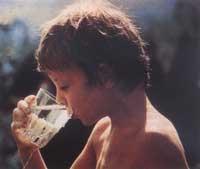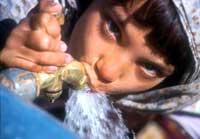Even if there is water, it cannot be quenched!
2003/02/09 Galarraga Aiestaran, Ana - Elhuyar Zientzia
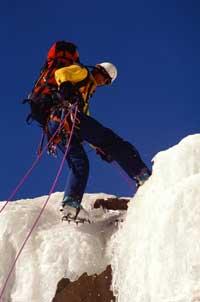
To be healthy it is essential to drink enough. This, of course, is not new, since in recent years they are aware everywhere of the importance of being well hydrated. Some also use television to spread this message, especially companies that sell bottled water. However, one cannot deny the importance of water in health: the human being, without eating, can live months, but without water he would die a few days.
Athletes know well the damage caused by a small dehydration: tiredness, headache and appearance of muscle cramps. According to experts, it is enough to lose 1% of body water to reduce performance. If the water loss is 3%, the muscle contraction force decreases by 10% and the speed decreases by 8%. If water is not ingested to relieve these symptoms, dehydration is aggravated and, finally, there is a risk of dizziness and shock. The 10% dehydration can be fatal.
The most effective way to prevent dehydration is to drink water, preferably before feeling thirsty. Often, athletes drink special drinks with the aim of recovering the salts that are lost to sweat. These drinks contain water, salt and a little sugar, which facilitates obtaining everything lost. It must be taken into account that a high level athlete who practices cross-country sports can lose eight liters of water.
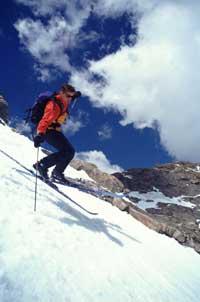
Despite not being a passionate athlete, walking down the mountain can appear the risk of dehydration: it is a subsistence activity, if cold does not feel appetite to drink, many times it takes less water than necessary to lose weight... Therefore, to go to the mountain, it is advisable to make sure that water is sufficient.
Thirst in white desert
However, it can run out of water. If you are in the snow, at night! The snow melts and is already, isn't it? That with the little fire, of course. But the mountaineers know that the snow is not enough. In fact, the water of the snow, and also of the rain, is distilled water, that is, it has no salt, so if you drink without more, it produces an imbalance in the body.
To avoid this it is necessary to add salts to the melted snow. To do this, there are special preparations on the market, but each can prepare one at home by mixing baking soda and common salt. Another option is to add the fruit juice, and if you want to drink heat, leftover soups are also suitable, since they are very salty.
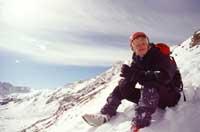
When melting the snow, it is preferable to use the snow compacted or the ice, since more water is obtained than with the snow powder. The snow powder, in addition to containing much air between them, has a temperature lower than that of other types of snow, which is about 10 degrees below zero. On the other hand, at higher altitude, lower boiling temperature of the water, but at the same time longer necessary to arrive to boil. For example, at sea level the water boils at 100ºC and at 1,500 meters boils at 95ºC, but it takes 1.8 times longer than being at sea level. At 3.000 meters boils at 95ºC, which means 3.8 times longer than at sea level. Always to avoid waste of fuel and melt the snow in less time, it is convenient to cover the container well and protect it from the wind.
Without snow, quite close to water and you can't drink!
At any time, it is not difficult to find water in the nearby mountains. However, despite its clear appearance, it often presents contaminants such as viruses, protozoa and bacteria that can cause normal diarrhea and other more serious diseases. According to a study conducted in Spain, only 6% of mountain sources provide drinking water.
There are several possibilities of access to drinking water. One of the best is the boiling of water: all microorganisms die. However, it has its drawbacks: you need a stove and fuel, you have to have a few minutes of boiling and wait for it to cool to drink. However, it is the safest method. Yes, if there are contaminants in water, such as pesticides or heavy metals, it is useless to boil water.
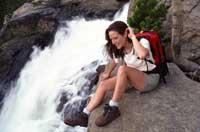
The same is true of pills, which, although they are able to kill bacteria, do not eliminate chemical contaminants. In addition, they do not kill large parasites, so to remove worms, amoebas and large protozoa of water it is necessary to filter the water. They also do not serve against viruses.
Iodine is very effective against viruses and bacteria. Some protozoa survive, but simply filter the water to remove them. The worst thing is to wait an hour and leave a bad taste. On the other hand, those who have thyroid problems should not drink water treated with iodine.
Another option are microfilters. It cleans particles, bacteria and protozoa in the water, but viruses escape.
Drinking clean water on the mountain seems difficult, doesn't it? So if you carry the cantimploras well filled with house there is no problem. And in long journeys you have to take the accounts ahead!
Published in 7K.

Gai honi buruzko eduki gehiago
Elhuyarrek garatutako teknologia




